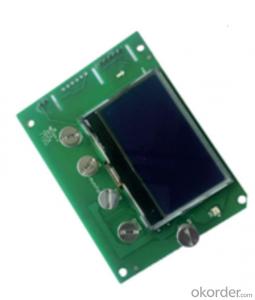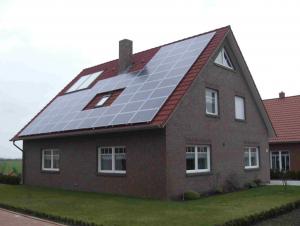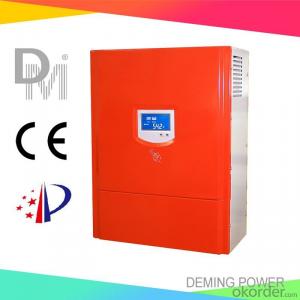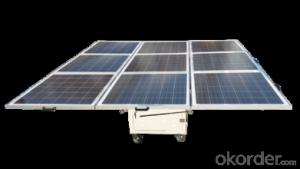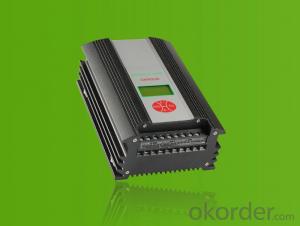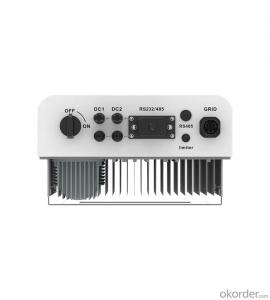Best Mppt Solar Inverter
Best Mppt Solar Inverter Related Searches
Mppt Solar Inverter Mppt Solar Power Inverter Mppt Inverter For Solar System Mppt Based Solar Inverter Mppt Inverter Solar Mppt Solar Inverter Price Mppt Solar Pump Inverter Mppt Hybrid Solar Inverter Microtek Mppt Solar Inverter Mppt Solar Hybrid Inverter 12v Mppt Solar Inverter China Mppt Solar Inverter Mppt Solar Inverter Charger Dual Mppt Solar Inverter Best Solar Power Inverter Best Solar Inverter 24v Mppt Solar Inverter Best Inverter Solar Best Solar Battery Inverter 1kw Mppt Solar Inverter The Best Solar Inverter Best Solar Panel Inverter Mppt Solar Inverter 24v 24 Volt Mppt Solar Inverter 2kw Mppt Solar Inverter Mppt Solar Inverter 48v Mpp Solar Power Inverter Best Inverter For Solar 5kw Mppt Solar Inverter Best Inverter Solar PanelBest Mppt Solar Inverter Supplier & Manufacturer from China
Best Mppt Solar Inverter is a high-efficiency solar energy conversion device that utilizes Maximum Power Point Tracking (MPPT) technology to optimize the performance of solar panels and maximize energy output. This advanced technology ensures that the solar panels operate at their peak efficiency, leading to increased energy production and cost savings for users.The Best Mppt Solar Inverter is widely used in various applications, such as residential, commercial, and off-grid solar power systems. It is particularly beneficial in areas with fluctuating sunlight conditions, as it can adapt to changes in solar panel output and maintain optimal performance. This makes it an ideal choice for solar installations in regions with varying weather patterns and sunlight intensity, ensuring a reliable and consistent energy supply.
Okorder.com is a leading wholesale supplier of Best Mppt Solar Inverter, offering a vast inventory of high-quality products to cater to the needs of various customers. With a strong commitment to customer satisfaction, Okorder.com ensures that the Best Mppt Solar Inverter is available at competitive prices and with efficient shipping options, making it accessible to a global clientele.
Hot Products




